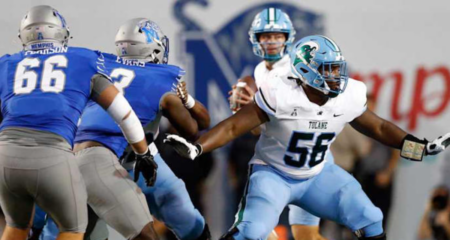Brazil’s central bank has maintained its benchmark interest rate at 15% – the highest level since 2005 – as policymakers battle persistent inflation while bracing for economic fallout from new U.S. tariffs. This decision, confirmed in the bank’s August policy statement, prolongs financial pain for consumers and businesses already grappling with annual inflation of 5.35%, far exceeding the government’s 3% target.

Why Brazil’s Central Bank Is Holding Firm
The monetary authority emphasized that controlling inflation remains non-negotiable, despite the economic strain of high borrowing costs. With prices rising steadily since 2023, officials argue that easing rates prematurely could trigger runaway inflation. As stated in their policy release: “Current conditions demand restrictive monetary policy for longer.” The bank projects inflation won’t return to target until mid-2025.
Compounding domestic pressures, the U.S. imposed 50% tariffs on Brazilian steel, ethanol, and agricultural products effective August 1st. Trade Ministry data shows these sectors generated $27 billion in U.S. exports last year – nearly 15% of Brazil’s total exports. Paulo Guedes, former Economy Minister, warned in a July analysis that these tariffs could wipe $4-6 billion annually from export revenues.
The Double Blow to Brazil’s Economy
The convergence of tight money and trade barriers creates a perfect storm:
- Household Squeeze: Mortgage and consumer loan rates averaging 25% force families to postpone major purchases. Retail sales fell 2.1% in Q2 according to IBGE (Brazilian Institute of Geography and Statistics).
- Export Crisis: Major trade groups project 40,000 job losses in manufacturing and farming regions by year-end.
- Investment Chill: Business confidence indexes hit 11-month lows as companies delay expansion.
Central Bank President Roberto Campos Neto acknowledged the dilemma: “We’re balancing inflation control against external shocks. Our tools can’t offset tariffs, but we must prevent secondary inflationary effects.”
Navigating Economic Uncertainty
Analysts from Banco Itaú note that Brazil walks a policy tightrope. While high rates strengthen the Real (curbing import costs), they also suppress growth – GDP projections for 2024 were recently downgraded to 1.8%. The tariffs exacerbate this by threatening Brazil’s trade surplus, which hit $99 billion in 2023.
The government is deploying countermeasures, including:
- Accelerating trade diversification talks with China and the EU
- Subsidizing export logistics for small producers
- Tax relief for manufacturers hit by tariffs
Yet with core inflation still elevated, the central bank signaled no near-term rate cuts. Its statement stressed that “persistent services inflation and rising expectations” require vigilance.
Brazil’s economic stability now hinges on two fronts: winning the inflation fight at home while mitigating external trade shocks. For ordinary Brazilians, this means prolonged financial strain – from grocery bills to factory floors. Until global tensions ease and domestic prices cool, policymakers warn that high interest rates are the necessary medicine for a sick economy. Track central bank updates for critical interest rate decisions ahead.
Must Know
What is Brazil’s current interest rate?
Brazil’s central bank has held the Selic rate at 15% since August 2022. This 20-year high aims to curb inflation currently running at 5.35% – significantly above the 3% target. Officials indicate rates will remain restrictive through 2024.
Why did the U.S. impose tariffs on Brazil?
The 50% tariffs target Brazilian steel, ethanol, dairy, and machinery, escalating a dispute over industrial subsidies. U.S. Trade Representative Katherine Tai cited “unfair trade practices” in the August 1st announcement. Brazil has challenged the tariffs at the WTO.
How do high interest rates affect inflation?
By making borrowing expensive, high rates reduce consumer spending and business investment. This decreased demand typically slows price increases. However, it also constricts economic growth – Brazil’s GDP expanded just 0.8% in Q1 2024.
Which Brazilian industries are most impacted by U.S. tariffs?
Steel and ethanol producers face immediate disruption, accounting for 60% of targeted exports. Agriculture (especially dairy and processed foods) and manufacturing sectors are also heavily exposed, risking billions in lost revenue.
What’s the inflation target for Brazil?
Brazil’s National Monetary Council sets a 3% annual inflation target with a 1.5%-to-4.5% tolerance band. Current inflation at 5.35% remains outside this range despite aggressive rate hikes.
How might this impact everyday Brazilians?
Expect higher loan costs, reduced job growth, and elevated prices for imported goods. Analysts warn real wages could shrink 0.5% in 2024 – the first decline in three years.
iNews covers the latest and most impactful stories across
entertainment,
business,
sports,
politics, and
technology,
from AI breakthroughs to major global developments. Stay updated with the trends shaping our world. For news tips, editorial feedback, or professional inquiries, please email us at
[email protected].
Get the latest news and Breaking News first by following us on
Google News,
Twitter,
Facebook,
Telegram
, and subscribe to our
YouTube channel.



